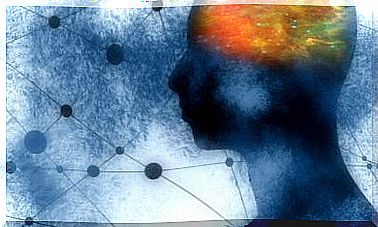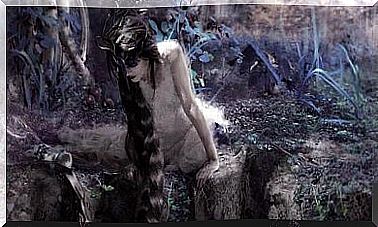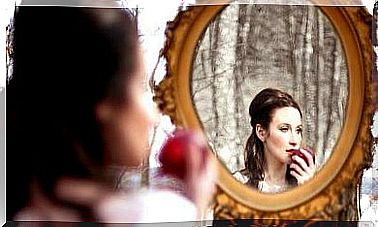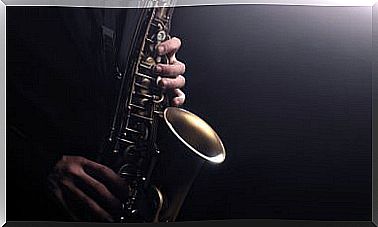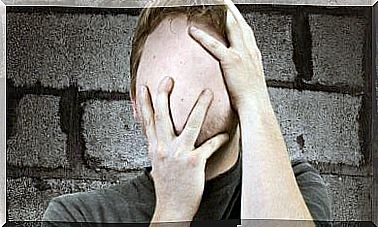Surrealist Art And Psychoanalysis
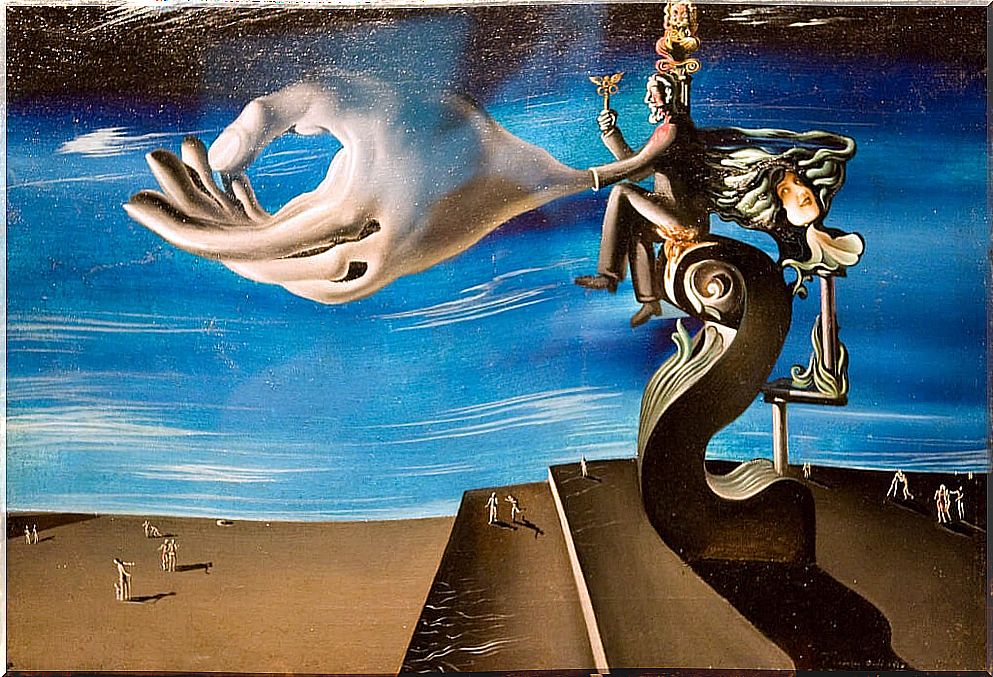
Surrealism (surreal art) is a very well known and little understood art style. He brought with him a revolution in the arts. Its origins were in the world of letters, although its best known expressions are in the work of some great masters, such as Salvador Dalí. It is an illogical art, without apparent meaning and full of fantastic motifs. It tried to capture the world of dreams and the unconscious, which is why it was also known as dream art.
It is the aesthetic movement that has been most interested in making a representation of the human psyche and the unconscious. His works aim to confront the individual with his most complex thoughts. Surrealist art was much more than visual beauty: it aims to free man from everything rationally understood and take him to fantastic worlds, full of symbols and meanings that connect him with his inner self.
Surrealist art and psychoanalysis: Salvador Dalí
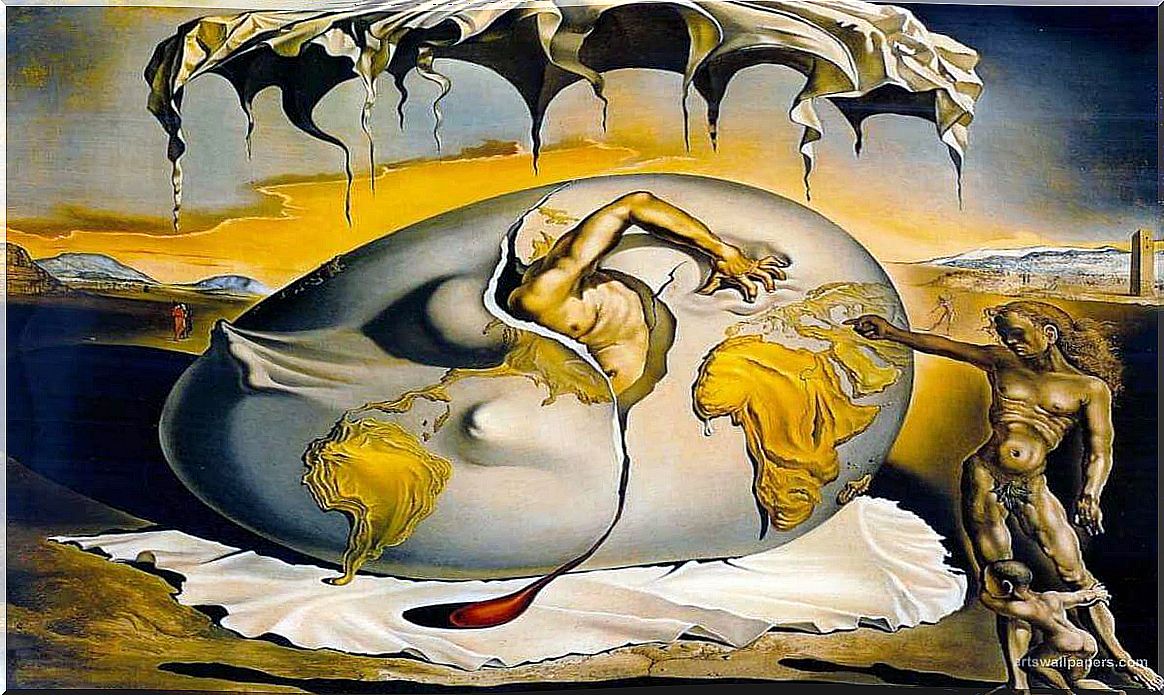
He was one of those geniuses, deeply admired for his work and widely criticized for his eccentric and narcissistic nature. Visionary and mystical. Where the genius ended and the madman began is difficult to know. He wasn’t psychotic, but he did have paranoid tendencies. And one of the most common defense mechanisms in this type of disorder is projection. That is, your own fears and thoughts are unconsciously attributed to someone or something. This genius of painting had the incredible ability to externally project his inner reality.
In the 1920s Dalí read Freud’s The Interpretation of Dreams . A reading that marked him deeply and with which he entered a new artistic stage. He invented what he called the paranoid-critical method by which he sought to reach out and shape information from the subconscious.
Common techniques of surrealist art and psychoanalysis
The most used pictorial technique within surrealist art was automatism, most probably inspired by psychoanalytic free association. The surrealists used automatism as the mirror of the interior, the reflection of the unconscious. Many argue that automatism was not a technique in itself, but an artistic movement.
Two subjective realities
Within Dalí’s inner world, full of symbols, fetishes especially proliferate. Objects, sometimes impossible, who liked to make room in his works and whose interpretation has not always reached consensus among experts.
Figures such as the lobster stand out, which was one of Dalí’s obsessions throughout his life and which seemed to be represented as a source of phobias. The drawers, symbol of the secrets of the mind that only psychoanalysis could open. Skulls as a symbol of the transience of life.
Butterflies as a symbol of metamorphosis and transformation. The flies, which seem to represent fear. The crutch, which for Dalí represented authority, magic and mystery. The eyes, which referred to the observer. Or the melted clocks, one of Dalí’s best-known symbols, represent the passage of time and its irrelevance.
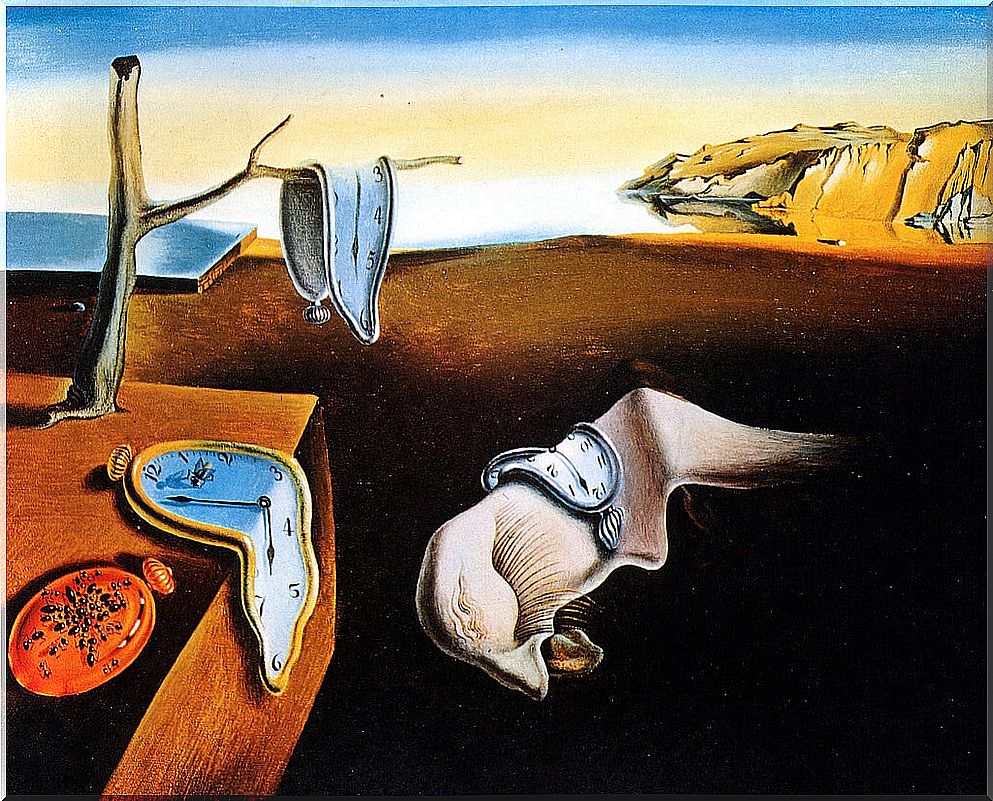
An expression far from rational
Dalí’s genius often invented his own terms to pictorially define psychoanalytic concepts such as the diocesan complex, which he called “phenixology”, a symbolic process by which one of the brothers must die for the other to become immortal. He tried to symbolize the oedipal desire or the power of the father.
Salvador Dalí sought in psychoanalysis an explanation for the obsessions that followed him throughout his life. And he not only found in his art the way to analyze his own conflicts in the manner of psychoanalytic schools. He also invented a whole imaginary to reflect them in his work.



